Chapter 4, Part 12
For thousands of years the island of Sri Lanka – known to the ancient Greeks as Taprobana, to the Persians and Arabs as Sarandib, to the Portuguese as Ceilão, to the British as Ceylon, and mentioned in the Hindu epics of Ramayana and Mahabharata as Lanka – has been renowned as the source of one of the most exotic spices: cinnamon. Its deep harbors, fertile soil and strategic location in the Indian Ocean contributed to the island’s importance in ancient maritime trade routes, inevitably making it one of the Old World’s melting pots. Merchants from Europe, the Middle East, the Indian subcontinent, China and Southeast Asia were attracted by the plethora of opportunities the island had to offer.
Galle, today a city on the southwestern coast of Sri Lanka, played a major role in trade activities between the local populace and the rest of the world. The early 15th-century Ming dynasty admiral, Zheng He, visited Galle on multiple occasions during the seven expeditions of the treasure voyages spanning nearly three decades. During one of his visits, he erected a trilingual inscription written in Chinese, Tamil and Persian, praising the Buddha as Buddhism was the dominant belief of the Sinhalese as well as one of the most prominent religions in China.
In the time when European explorers set sail around the globe, found direct sea routes to India and the Spice Islands, and started dominating the spice trade, the Portuguese were the first to arrive in the island they later called Ceilão. Their presence in Sri Lanka began in the early 16th century, and on a promontory jutting out into the Indian Ocean (which is part of modern-day Galle) they built a fort called Santa Cruz de Gale to strengthen their control of the spice trade to and from the island.
A century later, in a period when the Portuguese were facing deep opposition in the Spice Islands, the Dutch East India Company (VOC) posed a serious threat to the existence of Ceilão Português. The VOC, whose growing influence in the spice trade would propel them into a powerful multinational company in the decades that followed, entered an alliance with the Kingdom of Kandy – the only Sri Lankan kingdom the Portuguese never conquered. In the mid-17th century the Dutch-Kandyan alliance stormed Portuguese strongholds one after another, and months later the Dutch forces eventually captured Galle after sustaining heavy casualties.
As the Portuguese withdrew from the island, the Dutch rebuilt and reinforced what remained of Santa Cruz de Gale. Palisades were replaced by impregnable walls, more than a dozen of new bastions were built, and a Dutch church as well as administration buildings were constructed. The Dutch remained in Galle until their archrival, the British, successfully took over Sri Lanka 150 years later toward the end of the 18th century.
Under British rule, Galle’s significance gradually diminished for the new colonial power preferred to develop Colombo, some 100 km to the north. Colombo flourished, even after Ceylon’s independence from the British in 1948, as it became the economic center of the nation. Nevertheless, Galle’s decreasing importance was redeemed in 1988 when Galle Fort was declared a UNESCO World Heritage Site for being “the best example of a fortified city built by Europeans in South and South-East Asia, showing the interaction between European architectural styles and South Asian traditions.” Galleans must have been really proud on the day it was announced.
Click here for the full list of stories from the Spice Odyssey series.
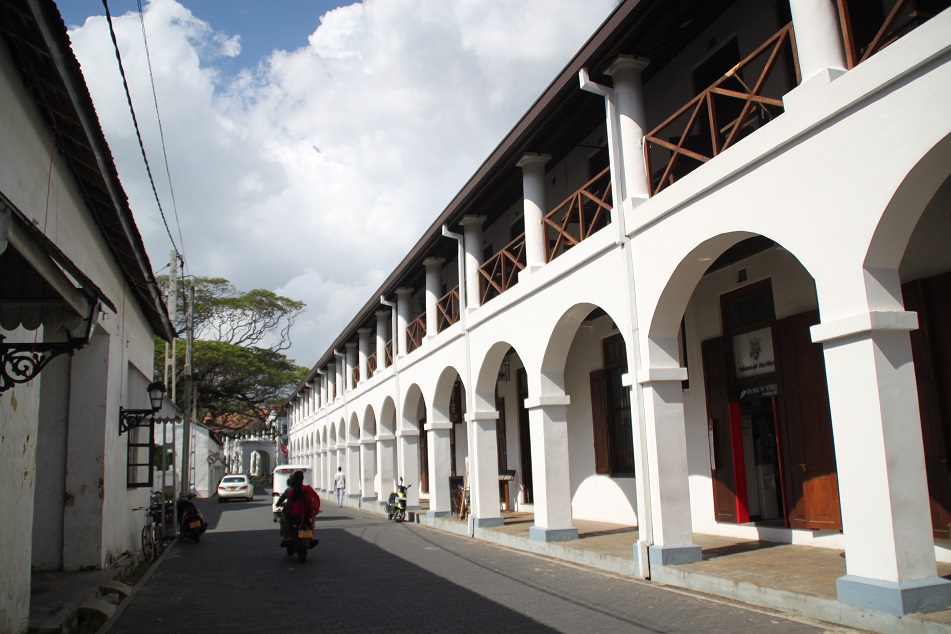
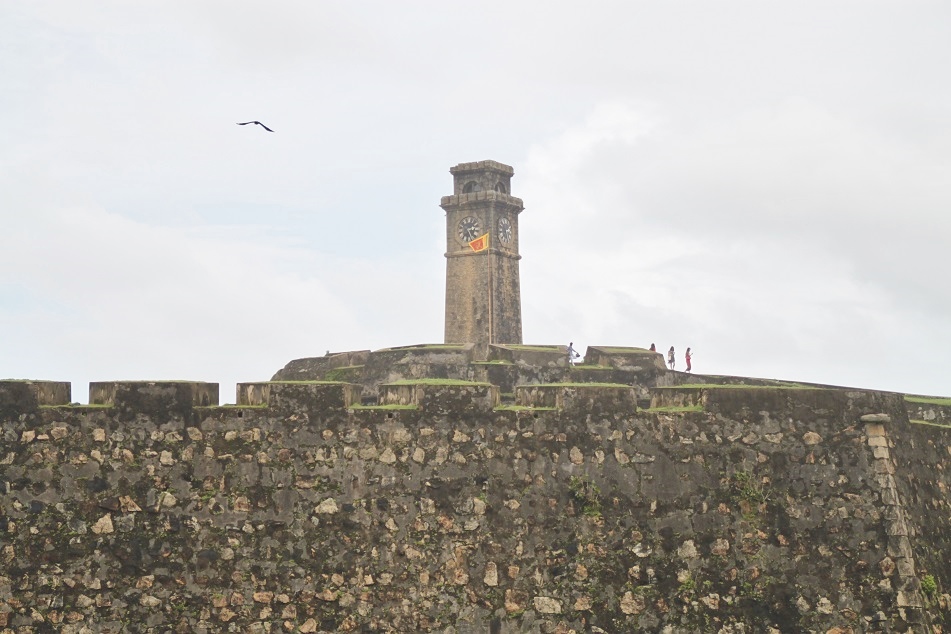
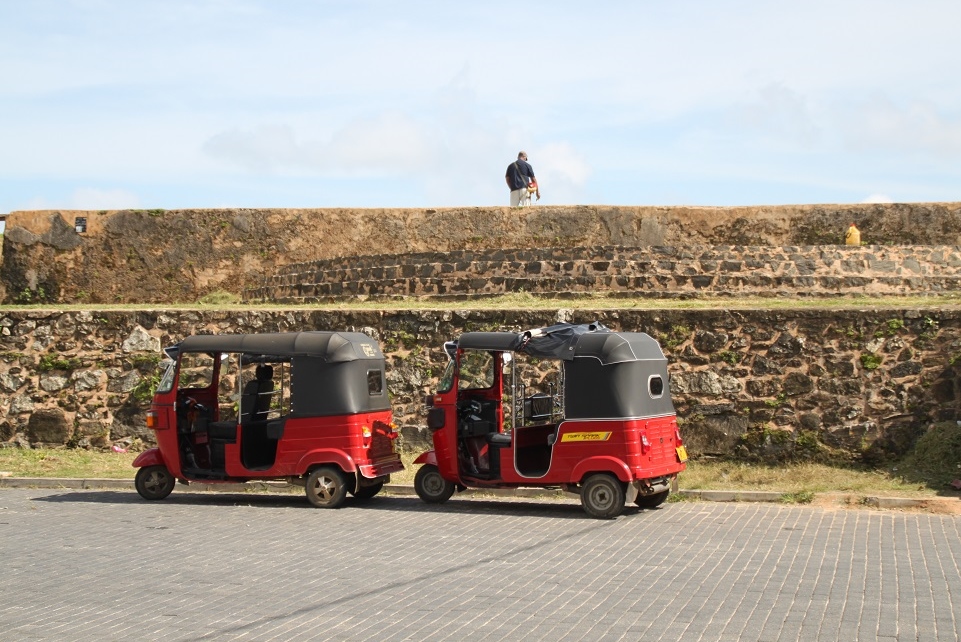
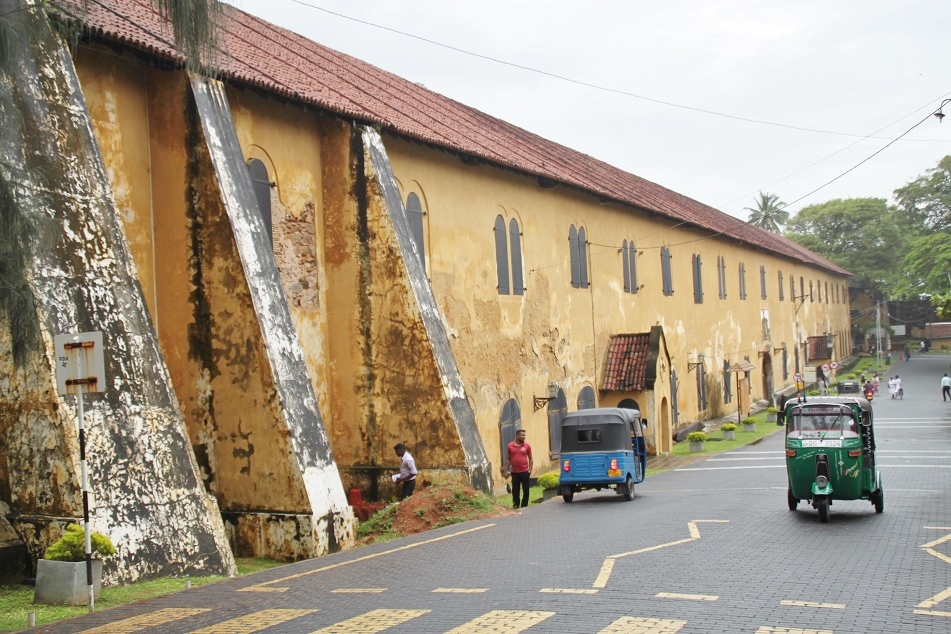
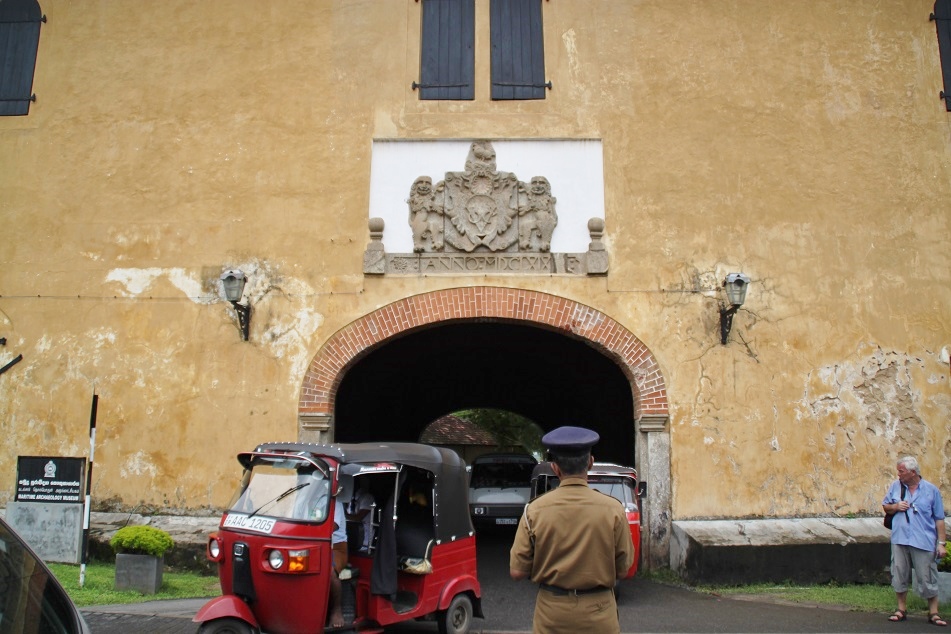

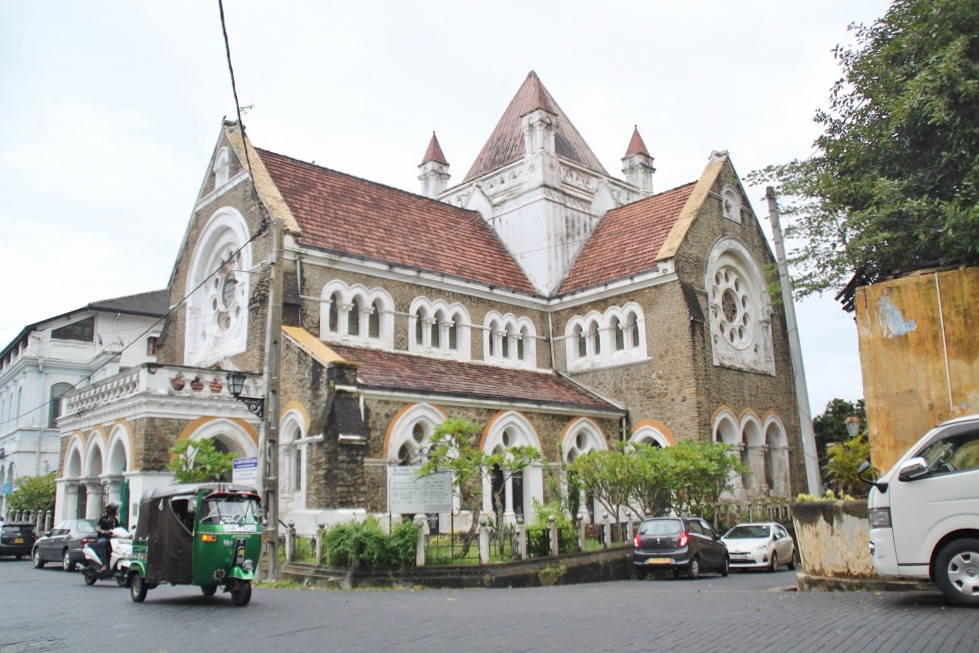

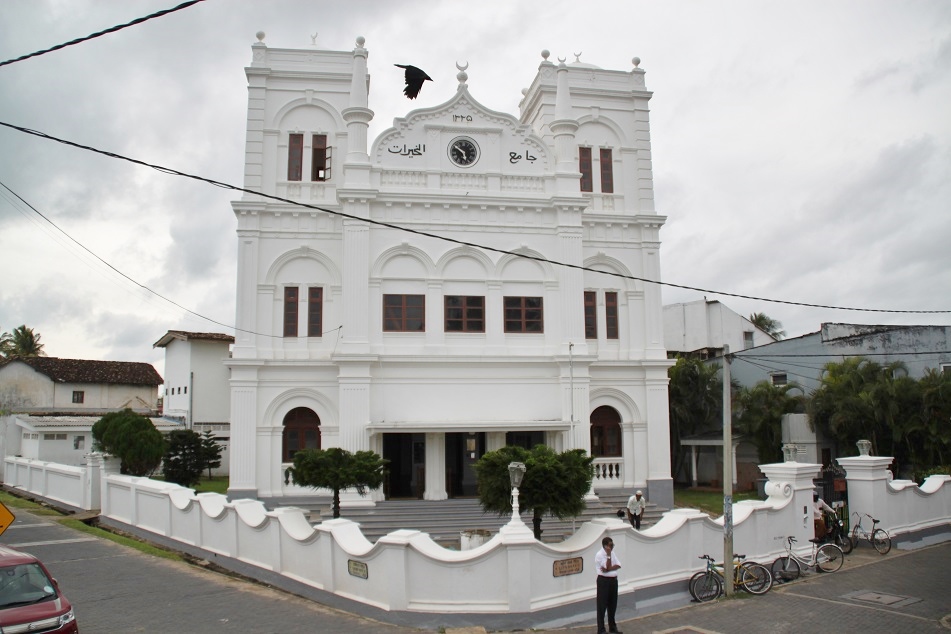
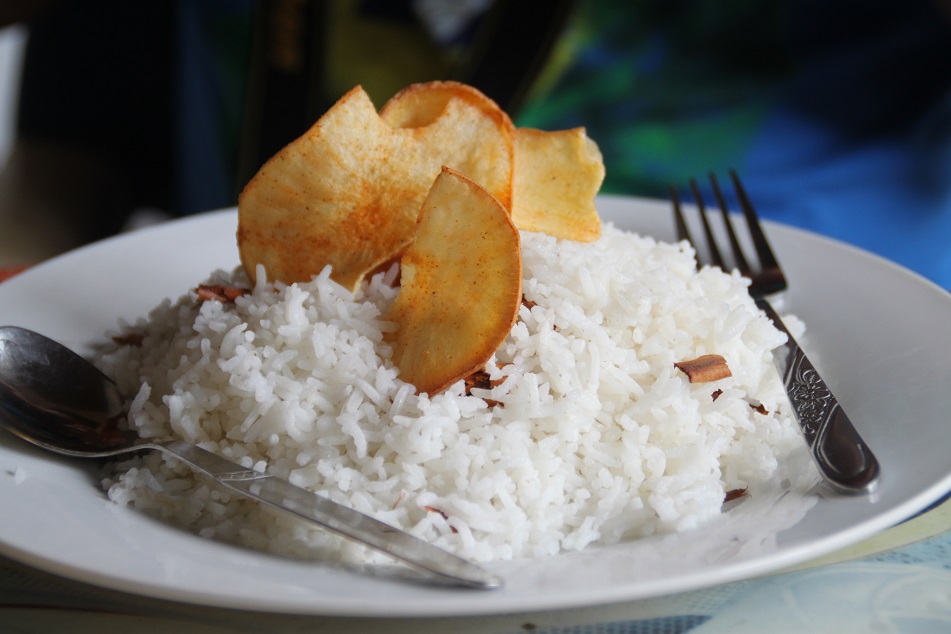
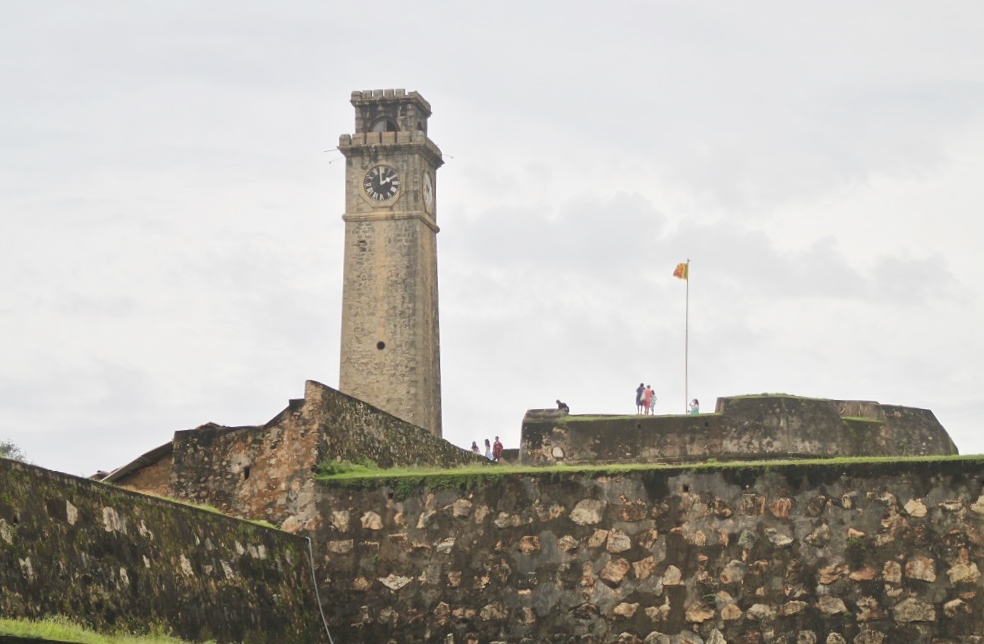
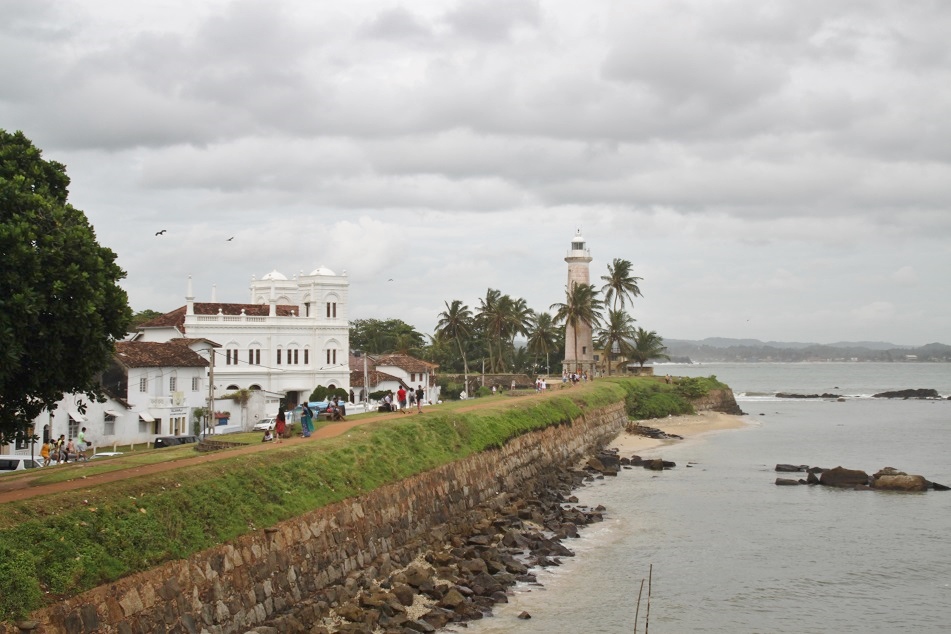
Beberapa waktu lalu saya coba bikin itinerary ke Sri Lanka dan tentu saja Galle masuk (dan sampai sekarang belum terwujud wkwkwk… dan tetap berharap bisa dikunjungi hahaha) dan membaca postingan mas Bama iniii aduh jadi keinget lagi… hayooo tanggung jawab niii mas Bama sudah bikin galau wkwkwk…
*and tambah.. kata2 permulaan di paragraf pertama kayak judul lagu yang bikin makin galau… whoaaaaa…. 😀
LikeLike
Saya jawab ya mbak: mbak Riyanti harus ke Galle! Tapi saya gak tanggung ya (biayanya). 😀
Saya waktu itu ke Galle naik autorickshaw dari Hikkaduwa. Tapi dari Galle ke Colombo saya naik kereta.
LikeLiked by 1 person
Galle was such a welcome breath of fresh air after everything that happened to us in Hikkaduwa. It’s a shame we were so tired and didn’t explore much of the Fort the day we arrived (while the weather was perfect), but then again we could always go back a second time!
LikeLike
I was so relieved that morning we left Hikkaduwa for Galle. Not only did we arrive in Galle exhausted, but we were also sick at that time. Hence the decision to just rest on our first day there. I guess the next time we visit Sri Lanka we can explore more of Colombo and Galle.
LikeLiked by 1 person
Interesting post, Bama! Thanks so much for this introduction. Cinammon and rice! I wonder how they taste together!
LikeLike
Makasih, Indah. I personally think they tasted okay. With a more refined technique I believe they could taste much better given the top-notch quality of Sri Lankan cinnamon.
LikeLike
india indah ya kak Bama, banyak tempat2 peninggalan Londo juga 🙂
LikeLike
Galle ini di Sri Lanka mas. Tapi baik di India maupun di Sri Lanka sama-sama banyak peninggalan Londo sih.
LikeLike
masih satu rumpun dan sama sama jajahan ya
LikeLike
Your blog should become recommended reading material for high school and college students learning more about the world we live in. Great information with excellent photography!
LikeLike
I’m really flattered. However, I do recommend students to learn about the world from history textbooks as they’re supposedly more reliable sources of information. My blog then can add some perspectives to it and provide them with a glimpse of how the places they read from books look like today. I always appreciate your encouraging comments, Peter!
LikeLiked by 1 person
What a cool looking city. Those photos don’t look much like Asia at all. Funny how those forts and walls served as protection not that long ago and today a couple of bombs from a plane would destroy it.
Is Sri Lanka as crazy as India?
LikeLike
If it was not because of the people, many would have thought that this was somewhere in Europe, I guess. In today’s warfare, forts don’t really provide any protection.
Sri Lanka is a much gentler version of India. Their curries are milder, the traffic is more humane (cars, motorbikes and buses actually stop at pedestrian crossings), and you can see wild colorful birds even in a big city like Colombo. I highly recommend Sri Lanka for you!
LikeLike
Looks like a cleaner version of Jakarta, mas Bam. Even those autorickshaws have a clean and well-treated look. I heard that Sri Lanka is the cleanest country in South Asia, and looking these pictures of yours, I can’t deny that statement.
LikeLike
Actually it would be fairer to compare Jakarta with Colombo as both cities are bustling metropolises. As for Galle, with only about 100,000 residents it felt more like a small city. However, I would say in general Sri Lanka is way cleaner than Indonesia. Piles of garbage were a rarity during both of my visits to the island. Sri Lanka is an example that respect for pedestrians, wildlife conservation, and clean environment are not exclusive to rich countries — something Indonesians can reflect upon and learn.
LikeLiked by 2 people
Agreed.
LikeLike
Thanks for the history lesson and the wonderful photos. One of the things I love most about traveling is how history comes to life. 💚
LikeLike
That is so true. Traveling helps me see history with a different, if not more exciting, perspective. Thanks for reading!
LikeLiked by 1 person
Very well writtern Bama….i have a special crush on Galle – it looked completely different from the Buddhist places I have visited in Lanka
LikeLike
Thanks Sreejith! I would have loved to explore more of Galle. But James and I arrived in the fort exhausted. Oh well, maybe next time. And I agree with you about Galle being different from most places in Sri Lanka.
LikeLiked by 1 person
Oh my God!! I am from Sri Lanka!! I visit Galle Fort every time I visit home. I have a collection of photos I would love to share with you! Thanks so much for the happiness you just gave me..great blog!
LikeLike
Bohoma sthuthi for reading! Galle Fort was the point when our trip in Sri Lanka got better and better after a few days of rather unpleasant stay in Hikkaduwa. Since then I always got bada piruna for having luunu sambol and all those delicious dishes — I hope I spell those words correctly!
LikeLiked by 1 person
ha..ha! oh good! Yes, unpleasantness is part of traveling, I always drive by Hikkaduwa but hardly ever stopped, lots of drug activity/local gangs and too many tourists. Have you been to the upcountry, the tea estates?
LikeLike
Actually I haven’t. I have been to Sri Lanka twice, but so far I’ve only explored the ancient sites in Anuradhapura, Polonnaruwa, Sigiriya and Dambulla, as well as Kandy, Colombo and Galle. Next time I go I really want to visit Jaffna, and maybe I should spend a few days in the Hill Country as well.
LikeLiked by 1 person
Yes, there are few things to see in Nuwara Eliya..I find it suffocating to go to Kandy anymore, there were too many people and we had no luck finding a quiet spot to sit. I have never visited Jaffna, it hurts me to go there, the war was too painful. I will go there one day. Good luck with your travels! Can’t wait to read your new travels!
LikeLike
My friend and I decided to stay at this small place midway between Kandy and the botanical garden, called Heerasagala Junction. We loved every single thing there, and when we do go back I guess we would stay at the same place again. However, I do understand why you feel that way about Kandy — the downtown area is actually not that big. As for the war, it was indeed a sad and brutal chapter in Sri Lankan history. Learning about such unfortunate events around the world should help us become better global citizens and prevent similar atrocities from happening again in the future. Thanks! Happy writing and traveling!
LikeLiked by 1 person
Pingback: Rejuvenated in Kandy | What an Amazing World!
Pingback: Reviving Colombo’s Cosmopolitan Flair | What an Amazing World!
Fort Galle is a treat, particularly of course the architecture and easy blending of religions…it is fifteen minutes from our home base just South of Unawatuna. Did you know that when the Tsunami hit, the Fort part of Galle was totally untouched? (due to the huge fort walls) whereas the rest of Galle was a tragic disaster….
Peta
LikeLike
Even on cloudy days, Fort Galle still was quite impressive. I did read about how Fort was undamaged by the tsunami, which is very remarkable considering how powerful the killer waves were. I wonder how Unawatuna looks like. Probably a lot quieter than Hikkaduwa?
LikeLike
Unawatuna is a great swimming beach. Prettier than Hikkaduwa I think. Right now being May, it is deserted, but of course in oeak season it gets crowded too…more on the little streets than the actusl beach though. My favorite beaches are further South… Onwards from Marissa.
http://www.greenglobaltrek.com/2017/04/exploring-the-southern-coast-sri-lanka-hiriketiya-beach-jasper-house.html
LikeLike
Peak , not oeak
Actual not actusl
Apologies…my ipad hasa life of its own!
LikeLike
No worries. 🙂
I guess when I return to Sri Lanka one day, I should probably pay Unawatuna a visit, also Marissa. Thanks for the recommendation!
LikeLike
I had a wonderful week in Sri Lanka. Check out. https://readbetweenthelines.blog
LikeLike
Thanks for dropping by! Sri Lanka is one of those places I can picture myself coming back in the future.
LikeLike